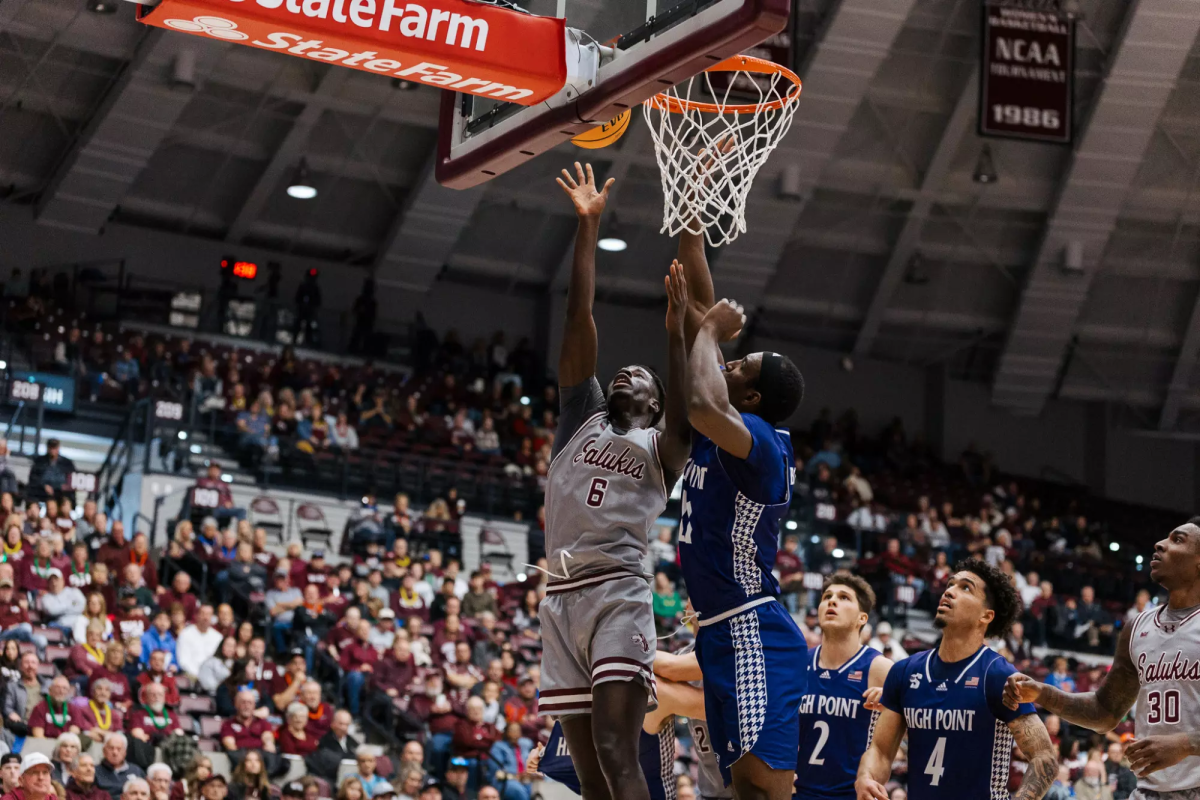UAAC fills SIU with Asian-American culture
April 6, 2014
The United Asian Awareness Council is celebrating Asian-American Awareness month by tackling some of the complex racial issues Asian-Americans face every day, including the “model minority” complex.
The UAAC is a Registered Student Organization for Asian-American students to come together and partake in educational, cultural and social programs.
UAAC President Alexander Soriano, a junior from Downers Grove studying business management, said he joined because he wanted to be a part of something bigger and work towards resolving social injustices Asian-Americans face every day.
Advertisement
Soriano said as the president of UAAC he helps set up programs for Asian-American Awareness month with help from the Center for Inclusive Excellence.
The theme this year is “I am Beyond: Evoking the American Spirit.”
“It’s not really settling for what we have now,” he said. “Some might perceive that Asian-Americans have it pretty good in this country and that our stereotypes aren’t as bad as other people. But we are still grouped into groups that can limit us.”
Soriano said the month challenges Asian-Americans to keep moving forward and remember there are still injustices, but also celebrate their accomplishments in this country and honor those triumphs.
More than 50 percent of Asian-American students are bullied compared to other ethnicities, which leads to low confidence creating more bullying in an endless cycle, he said.
“(Asian-Americans) came to America before the Polish and Irish immigrants,” Soriano said. “But because we were different from the Caucasians or Saxons from Europe, we haven’t assimilated yet into America as well as other migrant groups.”
Asian-Americans have the second highest undocumented immigration rate in America next to the Hispanic community, he said.
Advertisement*
One issue the UAAC is addressing this month is the term “model minority.” The model minority describes Asian-Americans as the racial minority to look up to. It stems from the idea that Asian-Americans are more academically, economically and socially successful than any other minority group.
Jean-Pierre Reed, an assistant professor in sociology, said the term is used as a way to make some races seem better off.
“The model minority is basically predicated on this idea that there are some people of color that are doing better than others,” Reed said.
He said politicians use the term as a way to dismiss racial disparity.
“Sociologically speaking, the model minority is a way through which politicians try to deal with the tensions of race relations,” Reed said. “This raises the question of whether or not the people who are succeeding as model minorities, if they are succeeding because there is something inherently culturally different about them compared to the other minorities that are not doing well.”
Reed said from a sociological perspective, this is not the case. He said most of the Asians who came to the U.S. after 1965, came with the right education and skill set, giving them an advantage from the beginning because before then, America had strict quotas on how many Asian immigrants were allowed in the country.
Reed said the term “model minority” might not hurt Asian-Americans or other minority groups, but prevents people from understanding there is such a thing as racial oppression in American society.
“If you aren’t able to see or understand the structural reality behind the success of the model minority groups, than you’re not going to be able to come to terms with the reality that is the fact that we are a racialized society,” he said.
The UAAC will host a discussion on the book “The Triple Package: How Three Unlikely Traits Explain the Rise and Fall of Cultural Groups of America” and discuss “Model Minority Complex” at 6:00 p.m. April 16 in the Ohio Room of the Student Center.
Sarah Niebrugge can be reached at [email protected], on Twitter at @SNiebrugge_DE or at 536-3311 ext. 268.
Advertisement








